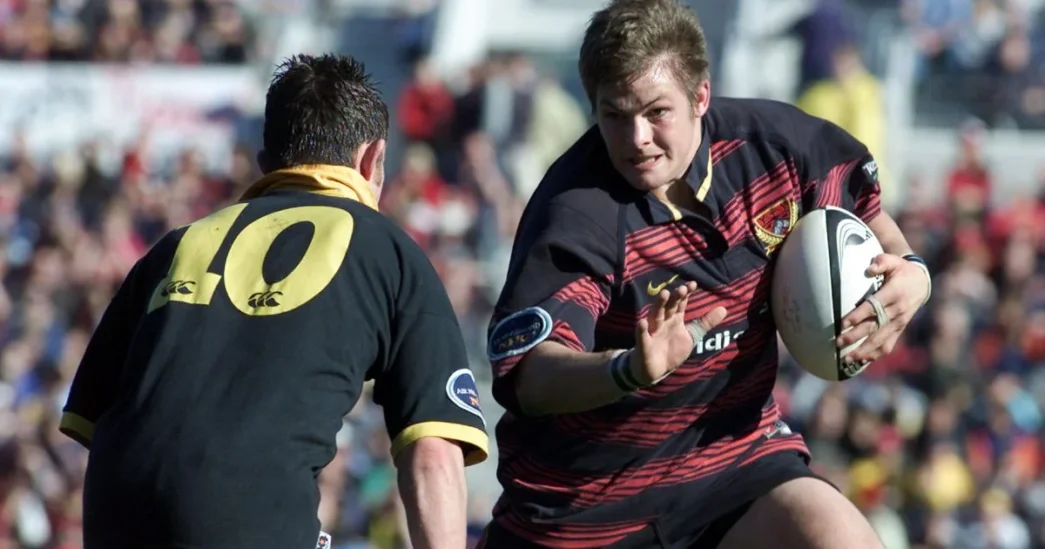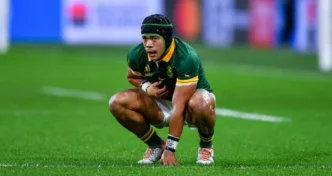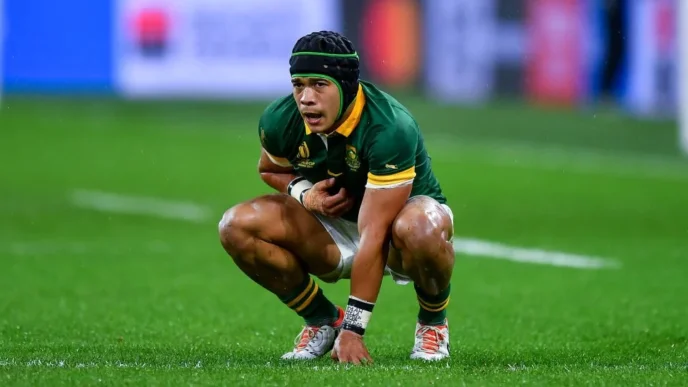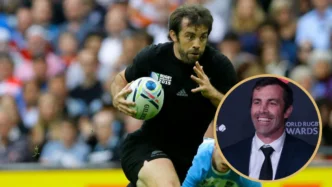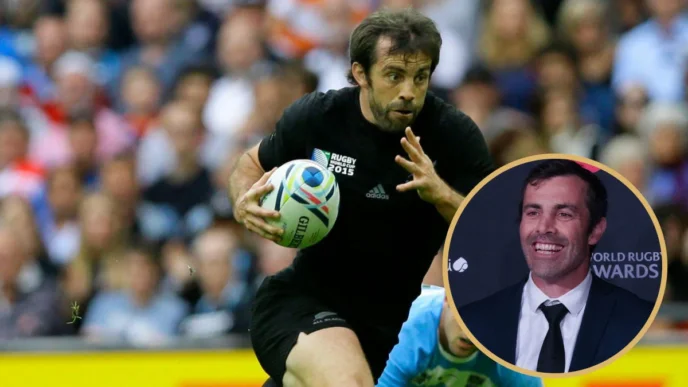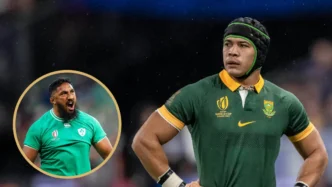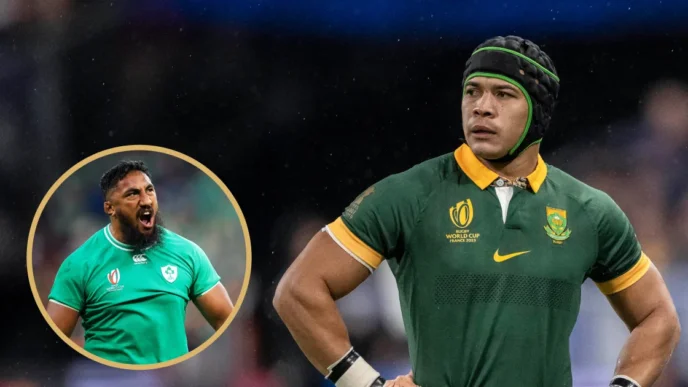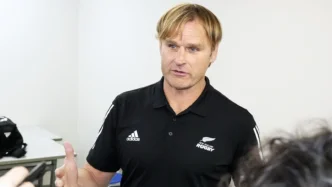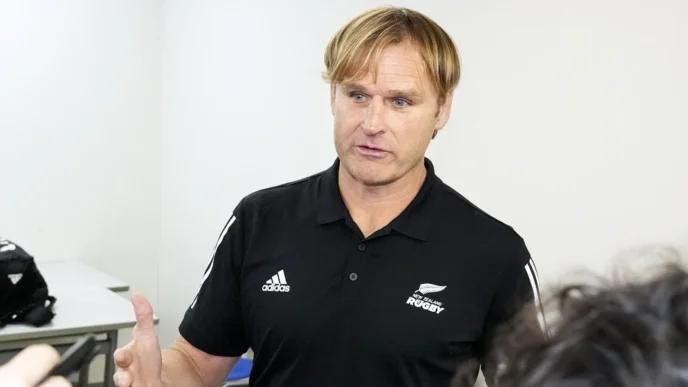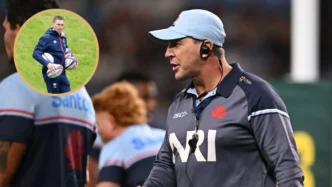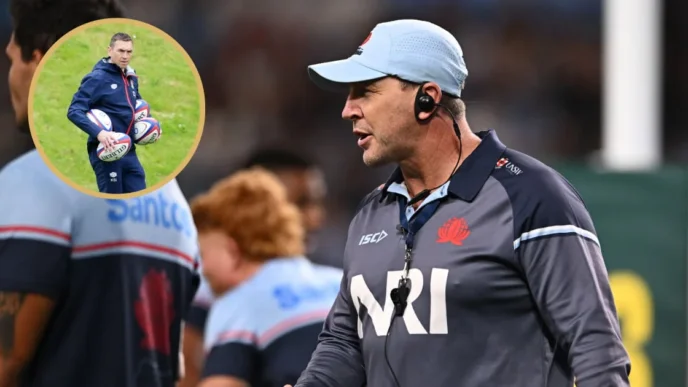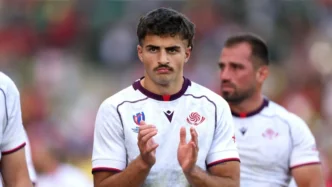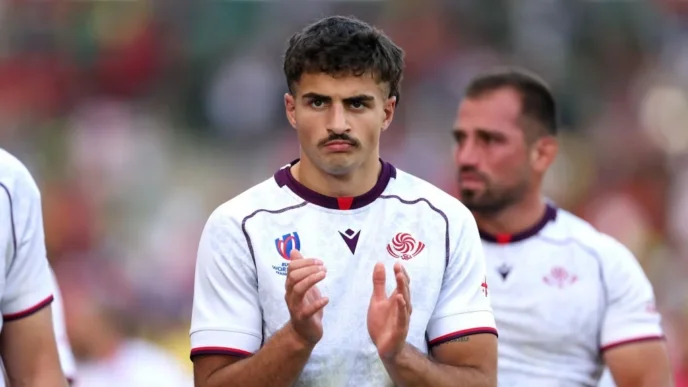How Rugby Legend Richie McCaw Found His Way to Canterbury
In a revealing interview, former New Zealand Rugby Chief Executive Steve Tew has shed light on the captivating story of how legendary All Black Richie McCaw ended up playing for the Canterbury rugby union.
At the time, McCaw was starring for the Otago Boys 1st XV, and future All Blacks coach Steve Hansen, who was involved in talent identification for Canterbury, had taken a keen interest in the youngster. However, an agreement between the two South Island powerhouses posed a potential obstacle to Canterbury’s pursuit of the future rugby icon.
“Steve [Hansen] was in charge of talent ID and he’d identified this kid down at Otago Boys,” Tew recalled. “He reckoned he was going to be as good as anybody he’d seen.” But Tew, who was the CEO of the Canterbury provincial union, reminded Hansen about the non-poaching agreement between the two unions.
Undeterred, Hansen dug deeper and discovered that Otago had signed one of Canterbury’s young players, Sam Harding, who was competing with McCaw for the openside flanker position. This revelation provided the opportunity Canterbury needed to bring the future 149-Test legend to the province.
“He’s back about three hours later, he said ‘you know they’ve pinched number seven Sam Harding’, I said ‘who have?’ and he said ‘Otago have pinched Sam Harding, now we can go get McCaw’,” Tew explained.
True to Hansen’s assessment, it didn’t take long for Canterbury’s coaching staff, including legendary figures like Wayne Smith, Robbie Deans, and Steve Hansen himself, to recognize the exceptional talent and character of the young McCaw. Despite a setback early on due to a fractured jaw, McCaw quickly established himself as a rising star.
“You know as soon as you met him he was a special human,” Tew said. “Quiet, very unassuming. Richie’s still not the most effusive person when you first meet him, he takes time to warm up. That’s the nature of the man, but very intelligent very deep thinker.”
Tew’s account highlights the keen eye for talent and the strategic maneuvering that ultimately brought one of rugby union’s all-time greats to Canterbury, setting the stage for his meteoric rise to become a two-time Rugby World Cup champion and a true legend of the game.
🔗 Source

